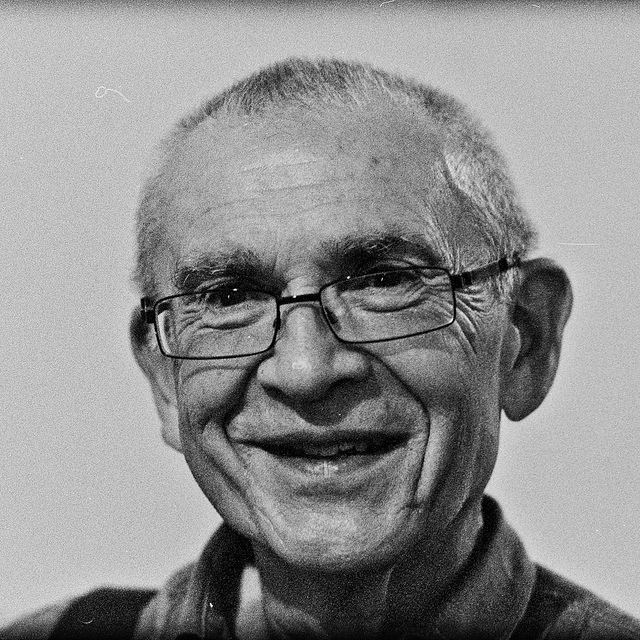Residence Germany Role Mathematician | Nationality Russia Name Yuri Manin | |
Institutions Max-Planck-Institut fur MathematikNorthwestern University Alma mater Moscow State UniversitySteklov Mathematics Institute (PhD) Doctoral students Alexander Beilinson, Vladimir Drinfeld, Vasily Iskovskih, Mikhail Kapranov, Victor Kolyvagin, Vyacheslav Shokurov, Alexei Skorobogatov, et al. Books A course in mathematical logic, Methods of Homological Algebra, Introduction to Modern Number T, Linear Algebra and Geo, Gauge Field Theory a Similar People Vladimir Drinfeld, Alexei Ivanovich Kostrikin, Igor Shafarevich, Alexander Beilinson, Vyacheslav Shokurov | ||
Yuri manin big bang blow up and modular curves algebraic geometry of cyclic cosmology
Yuri Ivanovitch Manin (Russian: Ю́рий Ива́нович Ма́нин; born 1937) is a Soviet/Russian/German mathematician, known for work in algebraic geometry and diophantine geometry, and many expository works ranging from mathematical logic to theoretical physics. Moreover, Manin was the first to propose a quantum computer in 1980 with his paper "Computable and Uncomputable".
Contents
- Yuri manin big bang blow up and modular curves algebraic geometry of cyclic cosmology
- Science lives yuri manin on cubic forms
- Life and career
- Works
- References
Science lives yuri manin on cubic forms
Life and career

Manin gained a doctorate in 1960 at the Steklov Mathematics Institute as a student of Igor Shafarevich. He is now a Professor at the Max-Planck-Institut für Mathematik in Bonn, and a professor at Northwestern University.
Manin's early work included papers on the arithmetic and formal groups of abelian varieties, the Mordell conjecture in the function field case, and algebraic differential equations. The Gauss–Manin connection is a basic ingredient of the study of cohomology in families of algebraic varieties. He wrote a book on cubic surfaces and cubic forms, showing how to apply both classical and contemporary methods of algebraic geometry, as well as nonassociative algebra. He also indicated the role of the Brauer group, via Grothendieck's theory of global Azumaya algebras, in accounting for obstructions to the Hasse principle, setting off a generation of further work. He also formulated the Manin conjecture, which predicts the asymptotic behaviour of the number of rational points of bounded height on algebraic varieties. He has further written on Yang–Mills theory, quantum information, and mirror symmetry.
Manin had over 40 doctoral students, including Vladimir Berkovich, Mariusz Wodzicki, Alexander Beilinson, Ivan Cherednik, Alexei Skorobogatov, Vladimir Drinfeld, Mikhail Kapranov, Vyacheslav Shokurov, Arend Bayer and Victor Kolyvagin, as well as foreign students including Hà Huy Khoái, now the most senior mathematician in Vietnam. He was awarded the Brouwer Medal in 1987, the Schock Prize in 1999 and the Cantor Medal in 2002. In 1994, he was awarded the Nemmers Prize in Mathematics. In 2010, he received the Bolyai Prize of the Hungarian Academy of Sciences.
In 1990 he became foreign member of the Royal Netherlands Academy of Arts and Sciences.
